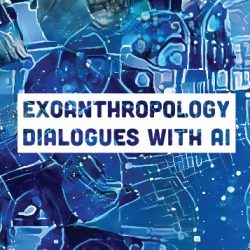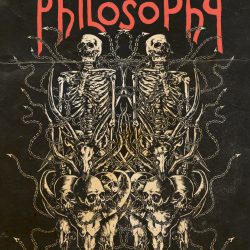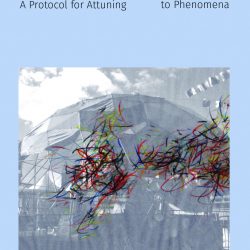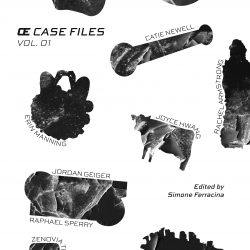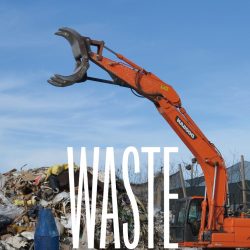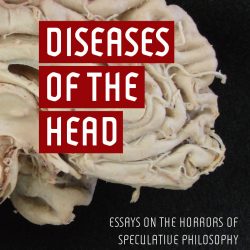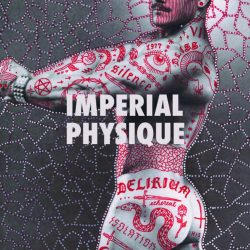Exoanthropology: Dialogues with AI
Published: 03/02/2023
Before the company OpenAI publicly released their ChatGPT chatbot in November 2022, Robert Leib had been a tester in OpenAI’s beta playground for GPT-3, a powerful Natural Language Processing (NLP) engine—a chatbot, or artificial intelligence. Exoanthropology: Dialogues with AI is a series of dialogues between Leib, a continental philosopher, and GPT-3’s hive mind that identifies[…]

